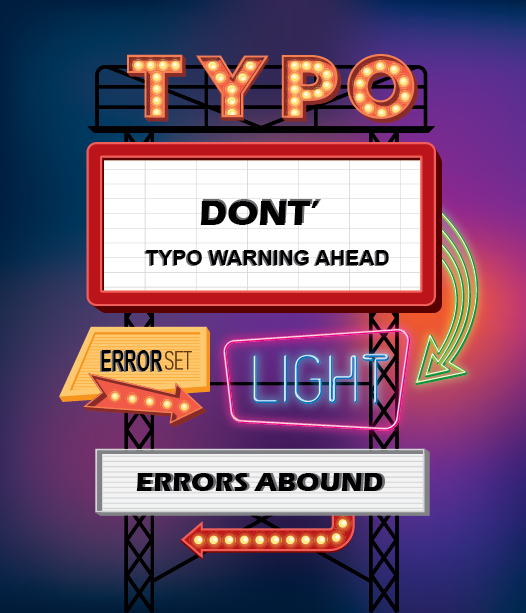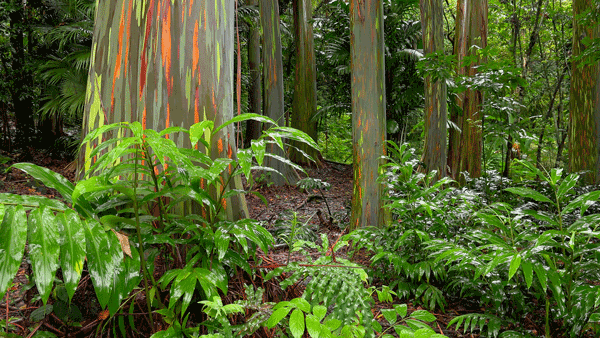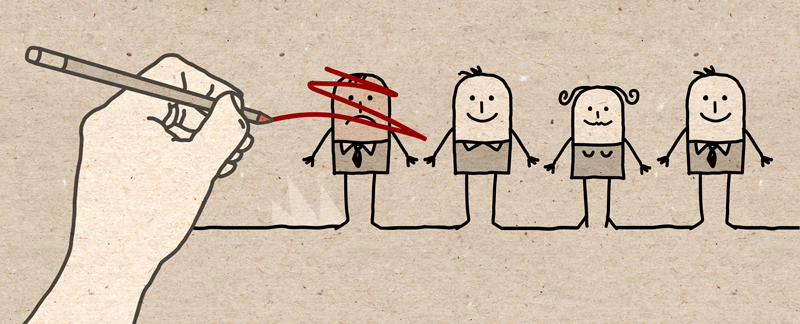
Book news first
We have one more interview online for Stars Uncharted, if you’re interested. It’s over at PaulSemel.com. In the interview we talk about who we’d like to play Nika and Josune if they ever made a movie out of Stars Uncharted, and we talk about how the show Firefly didn’t influence the writing of the book. No, we go way back further than that, to Star Trek, Doctor Who and Blake’s Seven.
Now, back to the main post
I did a presentation at work the other day, myself and two others. It was a good presentation. At the end we did a demo. After the demo we answered questions for around fifteen minutes.
Up on screen, the final page was left up while we talked. And all I could see was the typo I should have fixed.
“What we dont’ …”
All in big, dark letters because it was a sub-heading.
The first thing I did when I got back to my desk was fix it.
The fact is, when you’re writing, you make a lot of typos. Errors you don’t pick up, even when you read a piece of writing again and again. One of the advantages of co-writing is that another person is reading your work all the time. They pick up things you don’t see.
I know that when I’m writing, I’ll often change a sentence, but not go back and delete words that made sense in the context of the original text, but don’t any more. And the funny thing is, even when I reread the sentence, I don’t pick up all the errors.
No matter how often you read your own work, you miss things.
Right at the end of a story we like to read our novels aloud. This is after more than twenty rounds of edits on the book. Even so, it’s amazing how much we change in that last round.
And we still miss things. There are the typos which mostly get picked up by the editor and the copy editor, thank goodness. (Although, there were five thousand copy editor corrections on Linesman. Admittedly half those were serial comma issues, and many of the rest were Australian/US spelling, but that still left a lot of basic typos.)
Less often, there are basic logic errors. For example, as one of our readers pointed out in Stars Uncharted (Thanks, Ian) that a measurement is tiny.
Alejandro’s meddling had taught her early that she had to build in safeties. Especially after they had started using the exchanger and she’d come back to her own body once to find that while he’d been in her body he’d redesigned it to add twenty millimetres to her bust and to remove the same from her waist.
Yes, well. Twenty millimetres. That’s 0.8 of an inch. Just a bit over three quarters of an inch. Not quite what we had had in mind.
We originally had it two inches. (For those of you who have read the book, Alejandro would have tried a small amount first, to see how far he could go, which is why we chose two inches.) Everything else in the book was in SI units (metric), so we changed it. Except, two inches is 51 millimetres, not twenty. We should have made it fifty.
Ouch.



